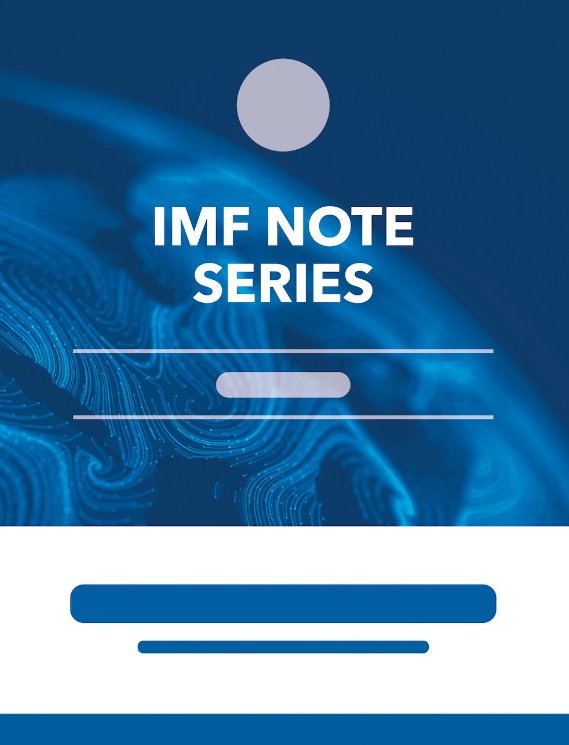Climate Variability and Worldwide Migration: Empirical Evidence and Projections
March 15, 2024
Disclaimer: IMF Working Papers describe research in progress by the author(s) and are published to elicit comments and to encourage debate. The views expressed in IMF Working Papers are those of the author(s) and do not necessarily represent the views of the IMF, its Executive Board, or IMF management.
Summary
Subject: Climate change, Environment, Migration, Natural disasters, Population and demographics, Population growth
Keywords: A. migration data, Climate change, climate scenario, climate variability, country-by-country emigration flow, Global, gravity equation, International Migration., Migration, Natural disasters, Population growth
Pages:
32
Volume:
2024
DOI:
Issue:
058
Series:
Working Paper No. 2024/058
Stock No:
WPIEA2024058
ISBN:
9798400270772
ISSN:
1018-5941





